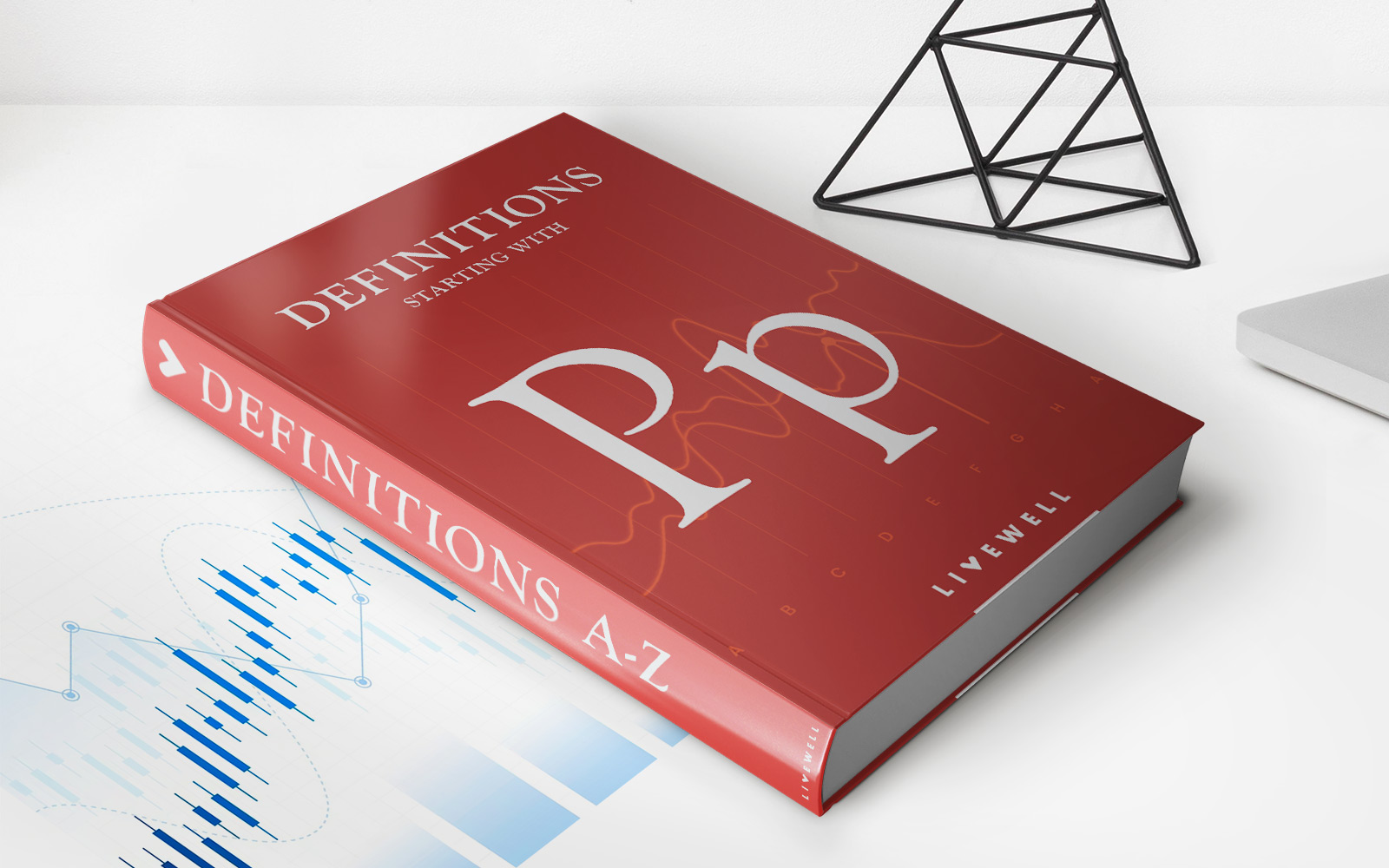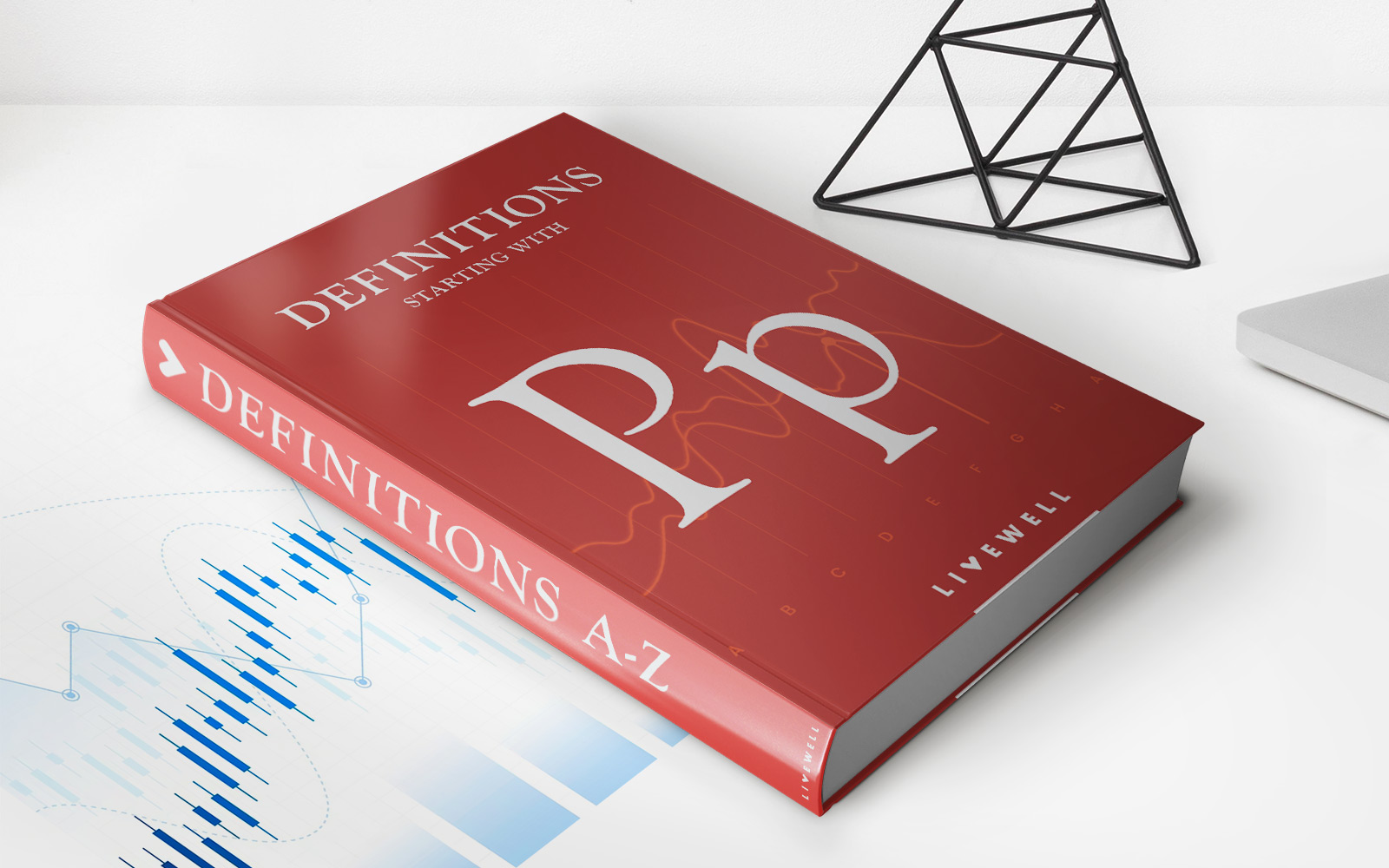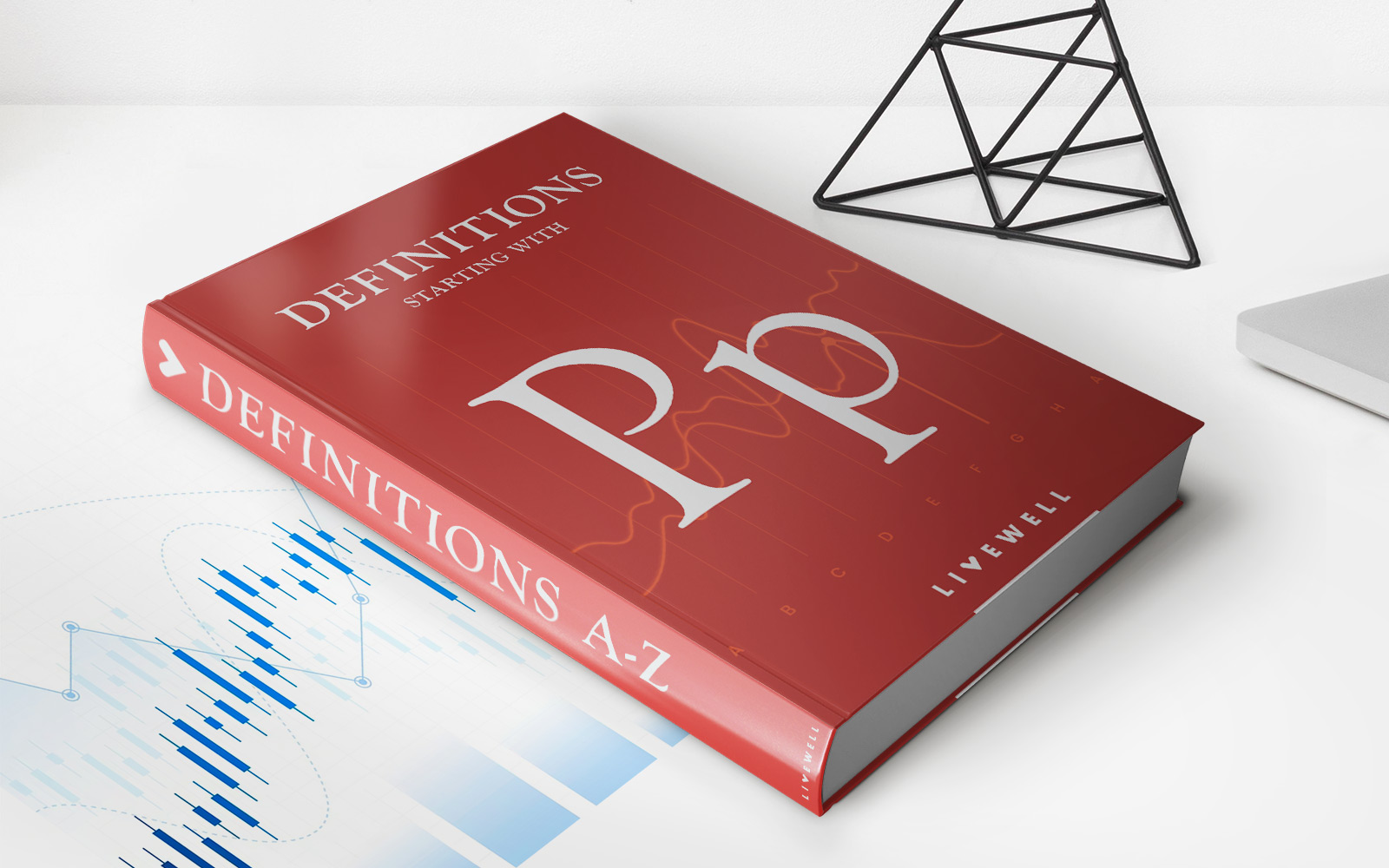Home>Finance>Partnership: Definition, How It Works, Taxation, And Types


Finance
Partnership: Definition, How It Works, Taxation, And Types
Published: January 6, 2024
Looking to understand partnerships in finance? Learn about the definition, workings, taxation, and various types of partnerships in our comprehensive guide.
(Many of the links in this article redirect to a specific reviewed product. Your purchase of these products through affiliate links helps to generate commission for LiveWell, at no extra cost. Learn more)
Partnership: Definition, How It Works, Taxation, and Types
Welcome to our Finance category, where we dive deep into various financial topics to help you make informed decisions and achieve your financial goals. In this blog post, we will explore the concept of partnership. What is partnership, how does it work, what are the taxation implications, and what are the different types of partnerships? Read on to find out!
Key Takeaways:
- A partnership is a legal agreement between two or more individuals or entities to engage in a business together.
- Partnerships can offer diverse skill sets, shared responsibilities, and the potential for increased capital and resources.
What is a Partnership?
A partnership is a unique business arrangement where two or more individuals or entities come together to pool their resources, skills, and expertise to operate a business. In a partnership, each partner contributes capital, knowledge, or services and shares in the profits and losses of the business.
One of the main advantages of a partnership is the ability to bring together individuals with complementary skills and experiences. This collaboration can lead to increased innovation, efficiency, and productivity. Additionally, partnerships can provide access to a wider network of contacts, potential clients, and customers.
How Does a Partnership Work?
Partnerships operate based on a legal agreement known as a partnership deed or agreement. This document outlines the rights, responsibilities, and obligations of each partner, as well as the terms of profit sharing and decision making.
Partnerships can be structured in various ways, such as general partnerships, limited partnerships, or limited liability partnerships. General partnerships distribute profits and liabilities equally among partners, while limited partnerships have general partners who manage the business and limited partners who have less control and liability. Limited liability partnerships provide individual partners with liability protection.
Partnership Taxation
Partnerships are pass-through entities for tax purposes, meaning that the partnership itself does not pay taxes on its income. Instead, the profits, losses, deductions, and credits flow through to the individual partners, who report them on their personal tax returns. Each partner’s share of the partnership’s income is determined by the partnership agreement.
Partnership taxation can be complex, and it is crucial to consult with a tax professional to ensure compliance with all necessary tax laws and regulations.
Types of Partnerships
Now, let’s explore the different types of partnerships:
- General Partnership: In a general partnership, all partners have equal responsibility for managing the business and are personally liable for the partnership’s debts and obligations.
- Limited Partnership: Limited partnerships involve at least one general partner and one or more limited partners. The general partner(s) manage the business and bear personal liability, while the limited partner(s) contribute capital but have limited control and liability.
- Limited Liability Partnership: Limited liability partnerships offer liability protection for individual partners, shielding them from personal responsibility for the partnership’s debts and liabilities.
- Public/Private Partnership: Public/private partnerships are agreements between a government entity and a private sector organization to collaborate on a specific project or initiative. These partnerships often occur in infrastructure development and public services.
These are just a few examples of partnership types, and the choice of the right partnership structure depends on the specific needs and goals of the partners involved.
In Conclusion
Partnerships can be a powerful and flexible business structure, allowing individuals and entities to combine their resources, skills, and expertise. By understanding the definition, how partnerships work, their taxation implications, and the different types available, you can make informed decisions when considering a partnership arrangement. Remember, consult with legal and tax professionals to ensure compliance and maximize the benefits of your partnership!














